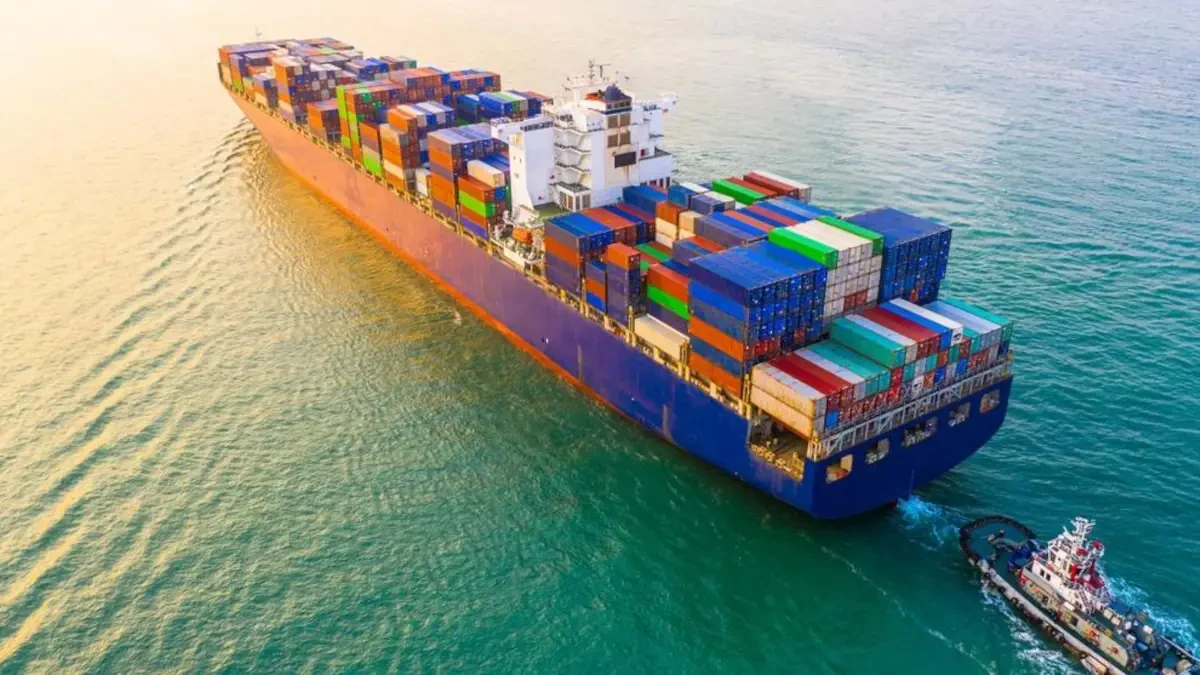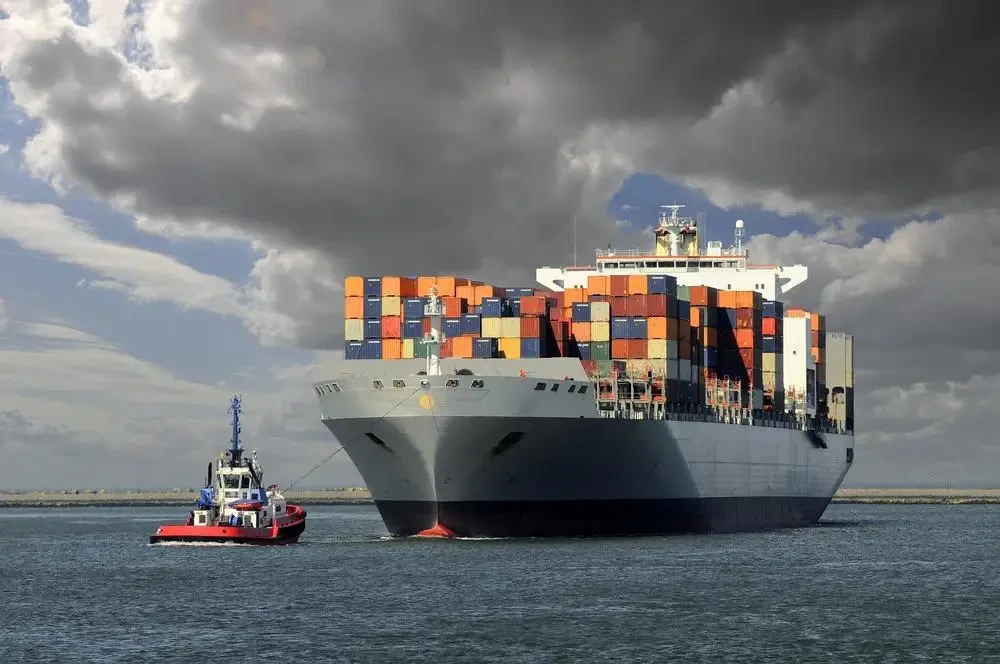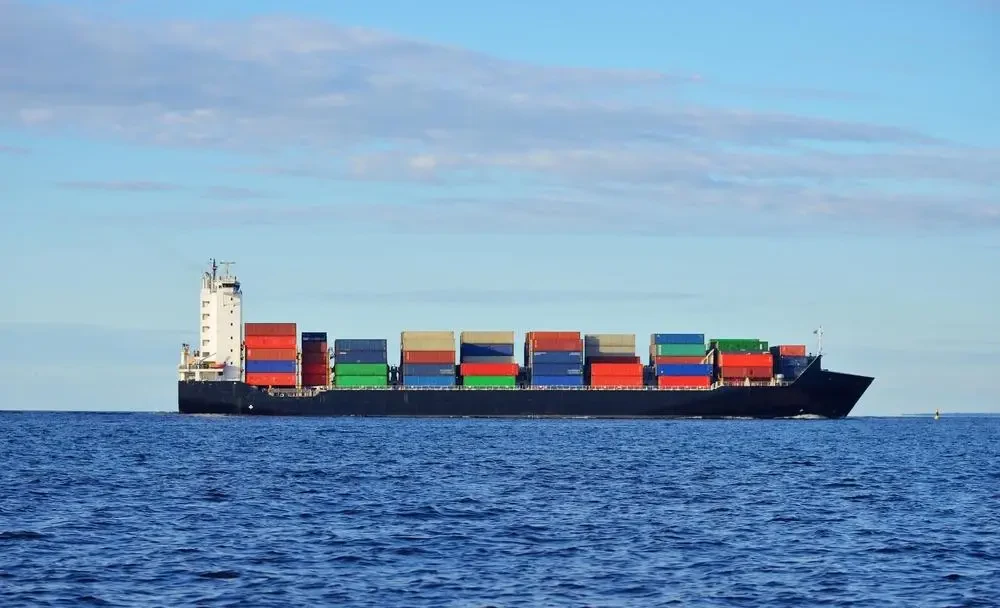Published by Chris Townsend
Last updated Dec, 11 2025

How Much Does It Cost Of Shipping A Container To Ecuador?
The most common misperception about container shifting is that it is too expensive. Furthermore, it is a procedure that would necessitate months of planning followed by another set of months of execution.
That is where Three Movers comes in. To dispel all of these myths, we offer a comprehensive service package that includes everything from quotation consultation to relocating your packages to your new home or workplace in Ecuador, South America.
What Are The Factors That Affect The Cost Of Hauling?
As we seek to provide you with a service that is sincere and considerate in its approach, there are certain considerations to consider for wisely managing your finances.
Some of them are :
- Weight is the determining factor for your choice of a shipping container from a variety of sizes ranging from 20’ to 40’ cube containers. Depending on your needs, they might weigh anything from 250 to 45,000 pounds. Special attention must be taken to the Ecuadorian government's restricted items, such as refrigerants R12 and R502, TV Decoders, cell phones, and other devices that must be licensed before entering.
- The Distance between the United States and Ecuador is 2,904 miles, which is significantly shorter than the distance between other distant places. This will significantly benefit your fuel charge saving and save you hundreds of dollars.
- The Peak season is critical for avoiding high pricing caused by a shortage of resources in the container movement industry. It usually occurs between the middle of August and the middle of October. Prices have usually increased this year, notably in 2021, due to the recovering economy and transportation development.
What Size Of Container Is According To Your Requirements?
Our company offers a variety of container designs, ranging from weight needs to specialized product requirements. Dry, thermal, refrigerated ISO, double-doored, tunnel, and other types of containers are available.
Although the two major categories are :
- Full Container (FCL) is owned by the party requiring isolation of their goods from others and hence book the entire container. These are more expensive, starting at $1,391.50 for a 20' container and $1,716.00 for a 40' container.
- Less Than A Container (LCL) shifting is a more cost-effective option in which your items are combined with those of others. Depending on their weight and occupancy, their charges might range from $522.50 to $660.00.

Average Container Shipping Rates Estimates

FCL shifting is best for transporting lots of boxes, pallets and anything which will require a full container shipping to Ecuador of up to 45,000lbs.
Full Container Load (FCL) Shipping Rates | |
|---|---|
| 20 ft Container | $1075 |
| 40 ft Container | $1157 |

LCL shipping is more affordable way to transport less than container load shipments to Ecuador.
Less Than Container (LCL) Rates | |
|---|---|
| LCL | $65/CBM |
| Personal Effects | $530 |
| Household Goods | $595 |

International house moving to Ecuador services - quick, easy and cheap.
International House Moving Costs | |
|---|---|
| Partial House (2000Lbs & Less) | $480 |
| 1 Bedroom (3850 Lbs) | $1868 |
| 2 Bedroom (4500 Lbs) | $2503 |
| 3+ Bedroom (8750 Lbs) | $3205 |

International auto transport services to Ecuador via RoRo and container ships. Ship cars, trucks, suvs, atv's, boats, RV's, heavy equipment and more.
Car Shipping | |
|---|---|
| Sedan (Container) | $1634 |
| SUV (Container) | $1752 |
| Sedan via RORO | $950 |
| SUV via RORO | $1055 |
What Are The Types of Transport For Relocating Containers?
We can help you get your shipment from the United States to Ecuador by air or sea.
Those who need their packages delivered quickly might consider air shipping, which can take anywhere from one to three days. Unfortunately, the containers have a weight limit, thus transporting a large quantity of cargo will necessitate multiple flights.
Freight shipped via ocean usually arrives in Ecuador within 13 days. They're much more space efficient than the former option and cost much less.
What Other Costs Can Add Up to Your Shipping?
All additional expenses, including the Emergency Bunker Surcharge (EBS), which is an unexpected increase in fuel prices during or before your shipping, will be included in the final bill.
Others are :
- Customs clearance and duties
- Container inspection fees
- General Rate Increase
- Inland delivery charges
- Quarantine fees
- Insurance
We can supply you with a quotation that is customized particularly for you by filling out our online form and entering in the start and endpoints with predicted dates. This would entail these additional charges as well as no-obligation consulting on your relocation.
What To Do Next?
We've been serving customers in long-distance and local moves throughout the United States for years, and international relocation is part of the routine owing to our years of experience. Your consideration of us for your move is a source of pride for us.
Mail us at [email protected]
Call our toll-free number (888) 202-0036 today.

Frequently Asked Questions
Shipping a container to Ecuador typically ranges from $3,200–$9,000 for a 20- or 40-foot unit, depending on the route, season, carrier rates, and port congestion. Final pricing is shaped by the volume you ship, whether you choose door-to-port or door-to-door service, packing labor, insurance, and the need for customs handling. Shorter domestic drayage, minimal access challenges, and flexible delivery windows usually reduce cost. You can compare long-distance pricing patterns using our international moving costs.
Rates are driven by container size (20FT vs 40FT), freight class, seasonal demand, fuel adjustments, and route distance. Additional cost drivers include consolidation vs full container load, whether your residence requires long-carry service, local trucking in origin and destination cities, and any special-handling items like appliances or oversized furniture. Customs entry, port fees, and storage charges may apply if documentation is delayed. Similar pricing mechanics appear in our moving overseas shipping costs.
Most shipments entering Ecuador are subject to VAT at 12 percent, Ad Valorem duties tied to product classification, and FODINFA at 0.5 percent of the import base. Additional charges like the Special Consumption Tax may apply to alcohol, tobacco, or luxury items. Duty exposure depends on shipment category, declared value, and whether the goods qualify for tariff preferences. Delays, storage, and inspection fees can increase costs if paperwork is incomplete.
You will need a commercial invoice, packing list, bill of lading, insurance certificate, and tax ID (RUC) for import processing. Certificates of origin and INEN compliance documents apply when goods fall under regulated categories. Accurate item descriptions and declared values reduce the risk of holds, fines, or reinspection. Carriers also require complete consignee information before releasing cargo, and incomplete paperwork may lead to storage or administrative surcharges at the port.
Ecuador restricts used vehicles, used tires, and used clothing, except for approved donations. Regulated goods may require prior authorization from industry ministries. Luxury products, alcohol, cigarettes, and sugary beverages carry higher taxes at customs. Items that fail safety or compliance checks can be denied entry, creating disposal, return, or penalty costs. Always confirm whether your shipment contains controlled electronics, machinery, or food items before loading.
Transit times generally run 18–35 days, depending on the U.S. departure port, carrier schedule, and any transshipment stops. Door-to-door timelines lengthen when local trucking, customs inspection, or port congestion is involved. Weather patterns in the Pacific corridor and holiday slowdowns can shift delivery windows by several days. Planning for extra buffer time helps minimize storage or demurrage fees at destination.
Insurance is strongly recommended because maritime shipments face risks such as rough-sea movement, container handling damage, and generalized average events. Coverage typically costs a small percentage of your declared value but prevents larger out-of-pocket replacement expenses. Claims require accurate inventory details, professionally packed goods when applicable, and timely reporting. Uninsured shipments may incur full liability for losses shared across the vessel in rare major-incident scenarios.
Yes. Costs drop when you ship during low-demand seasons, choose FCL vs LCL strategically, minimize access challenges at pickup, and avoid last-minute bookings. Providing complete documentation prevents storage and inspection delays. Consolidating cargo, limiting fragile or oversized items, and being flexible with sailing dates also help. You can explore broader pricing trends through our international overseas moving tips.


